
When Joe Zeff visits my Columbia University journalism class–an event that has now become a ritual–we all learn at a variety of levels. The man who reinvents himself constantly goes from the most profound thoughts about our craft (“Storytelling is eternal.”) to tips on resources that can help us do our work more efficiently. (“Try Loom to record your remote distance meetings and conversations”).
Joe and I go back many years as colleagues in the journalistic design business. Joe was the first Presentations Editor of The New York Times, and served as Graphics Editor of TIME Magazine, where he designed many of the iconic magazine’s cover. Joe used this graphic to tell students about his trajectory in the business:
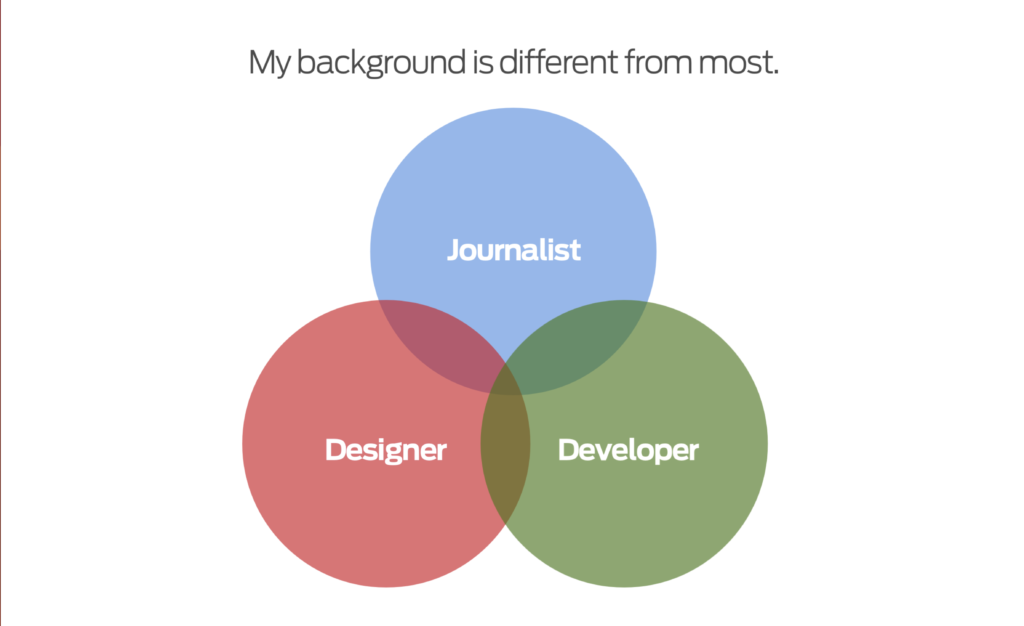
But that was then, and now Joe Zeff Design is fully vested into digital storytelling, helping many Fortune 500 companies tell their stories better.
In fact, I reminded the students that what Joe is doing to help these companies organize content they wish to present to their audiences is no different from what journalists have done all along: to connect pieces of a story together. Joe used these graphics to make this important point:
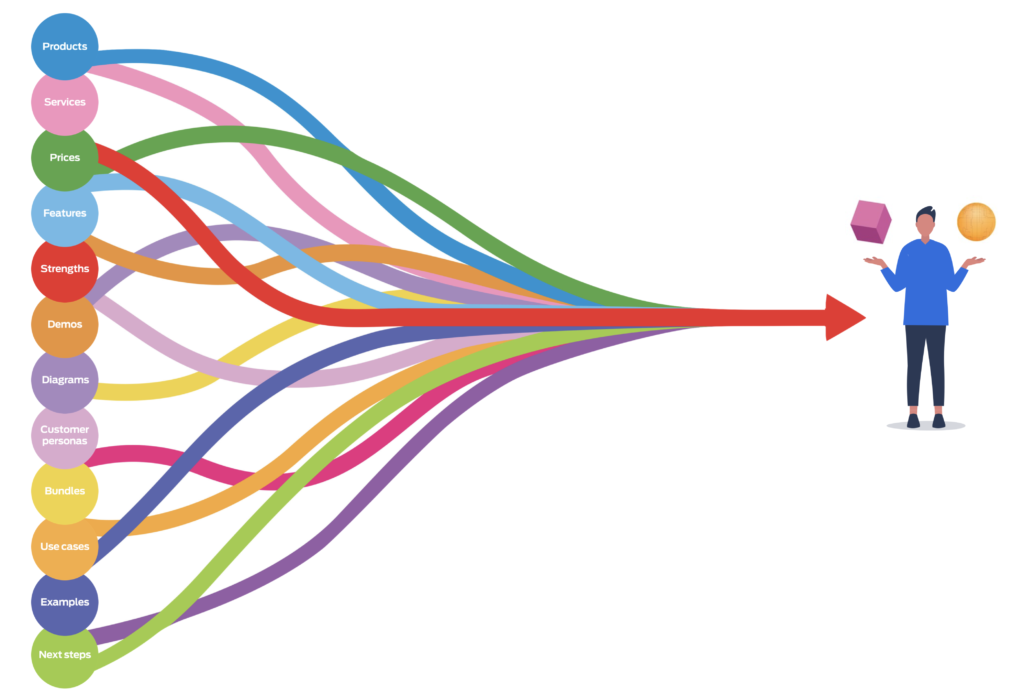
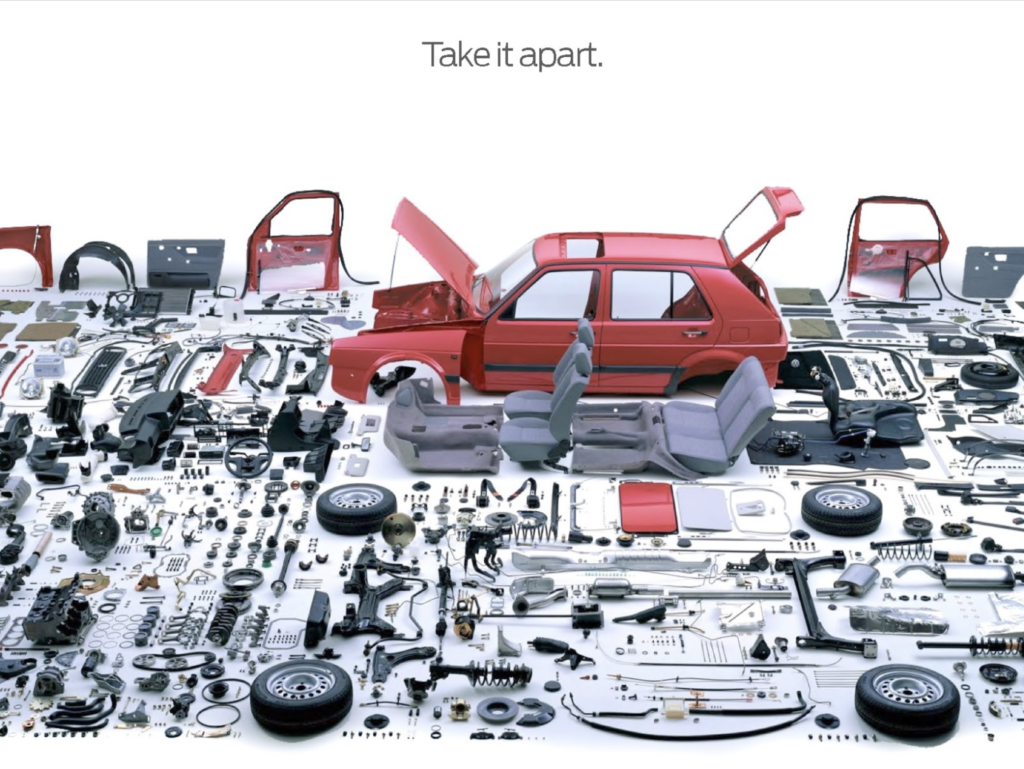
Augmented Reality
The show stopper in Joe’s presentation was when he turned to a demonstration of how to integrate Augmented Reality into stories.
Using a photograph of myself, Joe proceeded to show students how he could put a virtual frame around that image and place it on the wall of his office. The rest was fun and opened the students’ eyes to the possibilities of using AR. Take a look using your mobile device — and be sure to click on the portrait for a surprise:
https://joezeff.design/mario.reality
Joe’s takes on AR:
- “With Augmented Reality the possibilities are endless.”
- “The best content is participatory–get the audience involved.”
- “People get bored quickly, AR offers alternative ways of looking at things,:
- “AR blends the world on your screen with the real world.”
One of my questions for Joe was: Why is Augmented Reality not taking off faster as a storytelling tool? With the exception of The New York Times and The Washington Post, few editorial houses apply AR strategies to their storytelling.
“The reason is fear. New tools can be intimidating, but they don’t have to be. Anyone can quickly learn how to create augmented reality experiences. That’s the easy part. The hard part — and also the fun part — is figuring out the best way to use AR to tell better stories.”
Joe ended with a statement that is full of hope for visual storytellers everywhere:
Augmented Reality is a hammer looking for a nail.
Read about Joe Zeff:
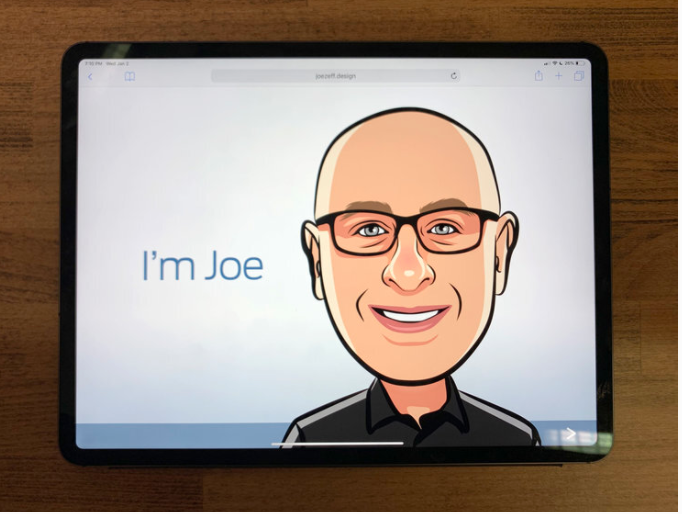
Our mobile storytelling workshops now available remotely
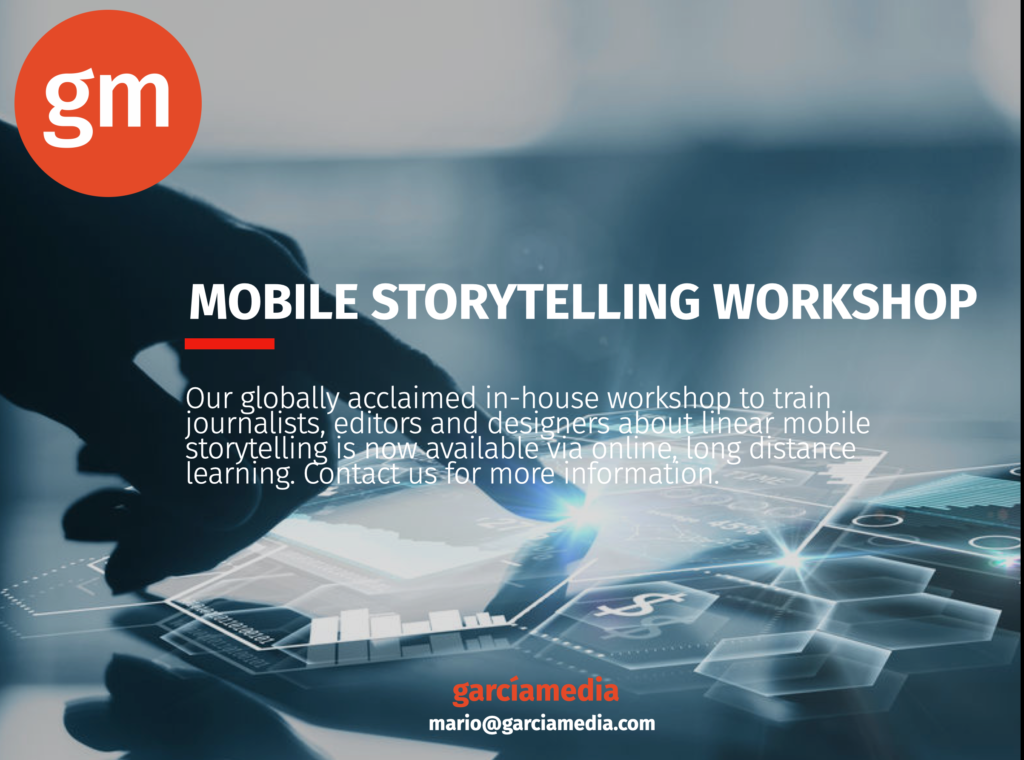
Professors: get your review version of The Story on time for fall classes
As an academic, I know the importance of having the right tools to advance our students, especially on the important subject of mobile storytelling. Please drop me an email if you would like to sample The Story in its digital edition: mario@garciamedia.com
Start writing or type / to choose a block
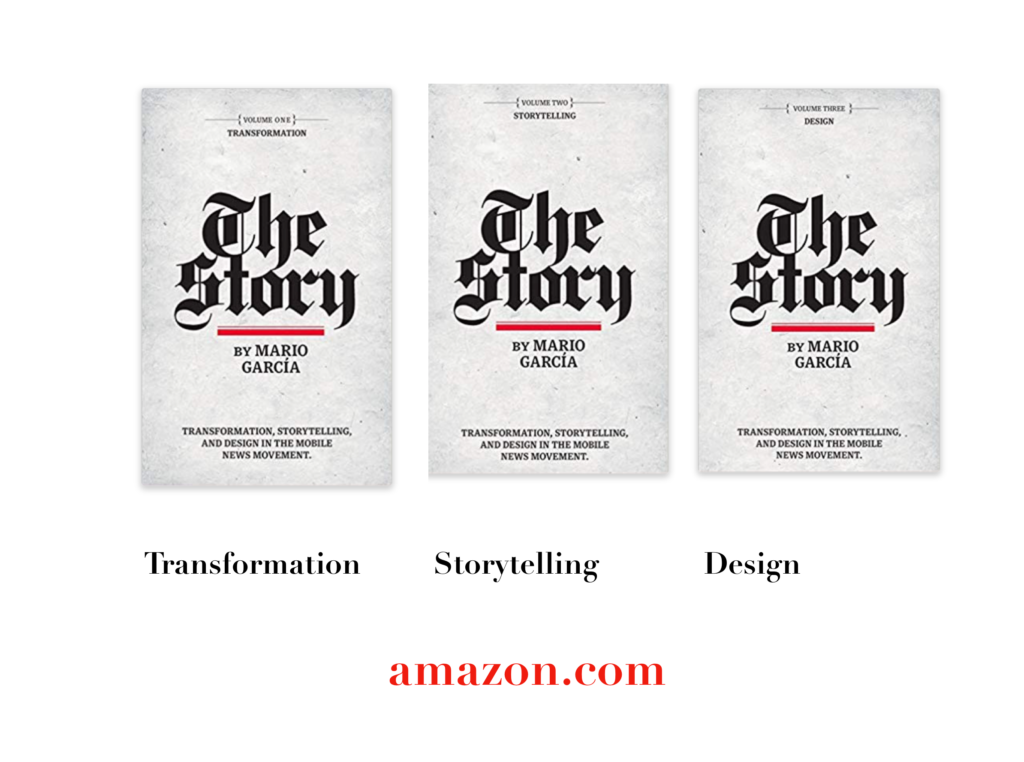
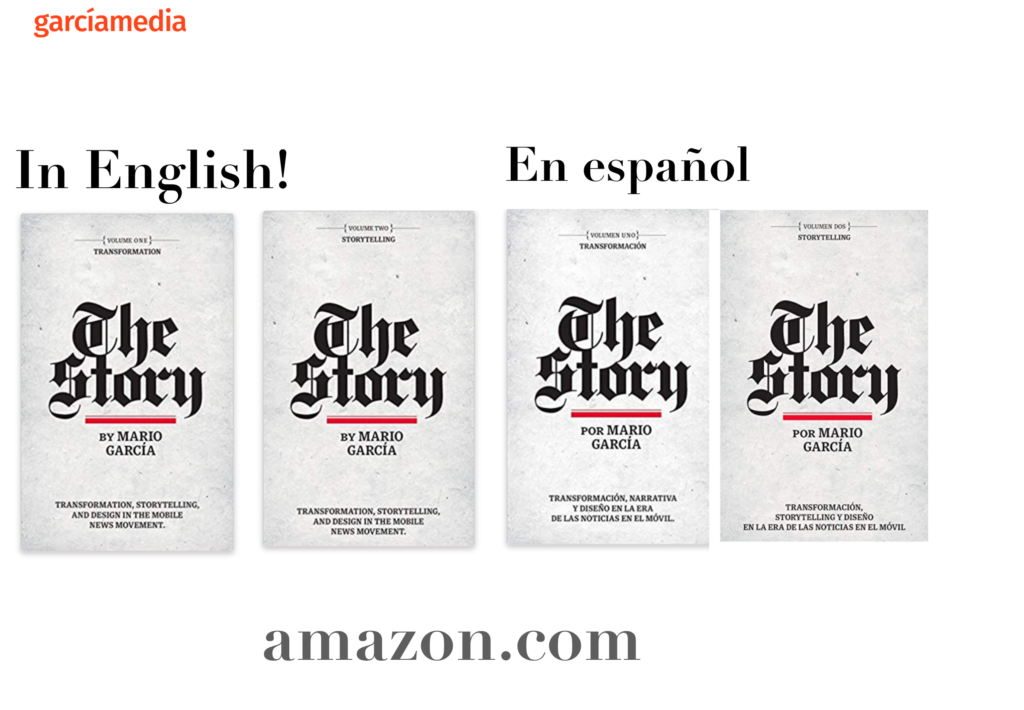
The full trilogy of The Story now available–3 books to guide you through a mobile first strategy. Whether you’re a reporter, editor, designer, publisher, corporate communicator, The Story is for you! https://amazon
TheMarioBlog post # 3302